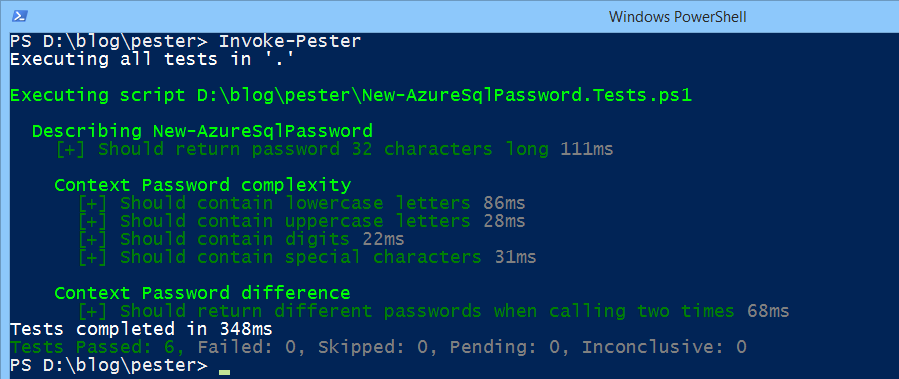I solved task how to create list of developers, which checkins causing failed builds in Team Foundation Server. I decided to solve this task using T-SQL query which is executed on team project collection database directly. Query uses common table expressions and window functions:
WITH BuildAssociatedChangeset AS
(
SELECT
BuildId,
Fields.value('(/Fields/Field)[1]', 'int') AS ChangesetId,
Fields.value('(/Fields/Field)[3]', 'nvarchar(50)') AS CheckedInBy
FROM
tbl_BuildInformation2 WITH (NOLOCK)
WHERE
NodeType = 12
),
BuildAssociatedChangesetWithRowNumber AS
(
SELECT
BuildId,
ChangesetId,
CheckedInBy,
ROW_NUMBER() OVER (PARTITION BY BuildId ORDER BY ChangesetId DESC) AS RowNumber
FROM
BuildAssociatedChangeset
),
BuildTrigerringChangeset AS
(
SELECT
BuildId,
ChangesetId,
CheckedInBy,
RowNumber
FROM
BuildAssociatedChangesetWithRowNumber
WHERE
RowNumber = 1
)
SELECT
ch.CheckedInBy,
COUNT(b.BuildId) AS FailedBuilds
FROM
tbl_Build b WITH (NOLOCK)
JOIN
BuildTrigerringChangeset ch ON b.BuildId = ch.BuildId
WHERE
b.BuildStatus = 8 AND
b.StartTime > '2017-05-01'
GROUP BY
ch.CheckedInBy
ORDER BY
FailedBuilds DESC
Query was tested on TFS 2013.


